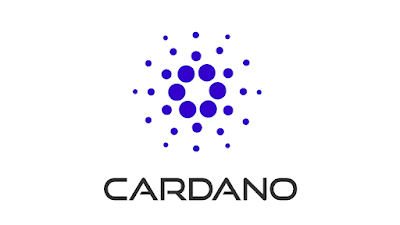What is Cardano (ADA)?
Cardano is a public blockchain platform. It is open-source and decentralized, with consensus achieved using proof of stake. It can facilitate peer-to-peer transactions with its internal cryptocurrency, Ada.
Cardano was founded in 2015 by Ethereum co-founder Charles Hoskinson. The development of the project is overseen and supervised by the Cardano Foundation based in Zug, Switzerland.
The platform began development in 2015 and was launched in 2017 by Charles Hoskinson, a co-founder of Ethereum. Hoskinson left Ethereum after a dispute with its co-founder Vitalik Buterin; Hoskinson wanted to accept venture capital and create a for-profit entity while Buterin wanted to keep it running as a nonprofit organization. After leaving he co-founded IOHK, a blockchain engineering company, whose primary business is the development of Cardano, alongside the Cardano Foundation and Emurgo. The platform is named after Gerolamo Cardano and the cryptocurrency after Ada Lovelace.
Who created Cardano?
Cardano was created in 2017 by technologists Charles Hoskinson and Jeremy Wood.
The most high-profile of the two co-founders, Hoskinson, is a co-founder of Ethereum (ETH) and briefly served as CEO for a planned for-profit entity for the project.
Today, Cardano is maintained by three separate and independent organizations.
- The Cardano Foundation : Based in Switzerland, this non-profit is responsible for supervising and overseeing the development of the Cardano blockchain.
- IOHK : Co-founded by Hoskinson and Wood, IOHK built Cardano and designed Ouroboros, the proof-of-stake algorithm Cardano uses to operate its network.
- Emurgo : The company charged with helping encourage enterprises and larger organizations to adopt Cardano’s technology.
At the time of its launch, approximately 31 billion ADA were created, nearly 26 billion of which were sold to investors by a Japan-based company hired to manage the sale. Participants were able to purchase vouchers that could later be exchanged for ADA on the software’s release.
The remaining 5 billion ADA were distributed to IOHK, Emurgo and the Cardano foundation.
How does Cardano work?
Cardano’s primary use case is to allow transactions in its native cryptocurrency, ADA, and to enable developers to build secure and scalable applications powered by it.
The Cardano Blockchain
The Cardano blockchain itself is divided into two layers:
The Cardano Settlement Layer (CSL) : The CSL is used to transfer ADA between accounts and to record transactions.
The Cardano Computation Layer (CCL) : The CCL contains the smart contract logic that developers can leverage to programmatically move funds.
Further, computers running the Cardano software can join as one of three nodes.
- mCore nodes : Stake ADA tokens and participate in blockchain governance
- Relay nodes : Send data between mCore nodes and the public internet
- Edge nodes : Create cryptocurrency transactions.
Since 2017, Cardano has seen 5 major platform upgrades, including Byron, which enabled the transfer for ADA cryptocurrency for the first time and Voltaire, which introduced a new model for how users could fund development for software changes.
Tags:
Cryptocurrency
